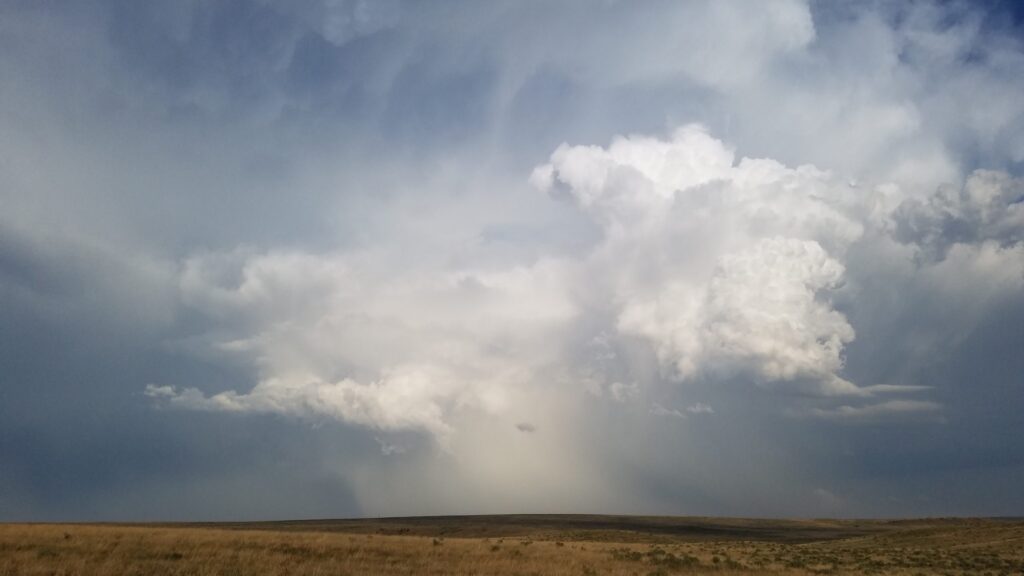Hail in the Front Range of the Rockies and High Plains: Is it More Damaging?
July 26, 2021


IBHS members have raised concerns over higher hail claims frequencies in the Front Range and High Plains. This report explores possible physical science reasons behind this difference in hail claims for those regions compared to other areas of the Great Plains.
- Hailstorms in the higher elevations of the Front Range and adjacent High Plains typically produce more hailstones per square foot than elsewhere in the country.
- The air density at higher elevations reduces drag forces and results in higher kinetic energy on impact, especially for smaller, more spherical hailstones. For example, a 1-in. hailstone that falls in Denver has the same energy as a 1.2-in. hailstone would in Dallas.
- The number of hail days across Colorado has increased over the past decade along with the number of very-large-hail events (hail larger than 2 in.), despite a shrinking hail season.
- There is some evidence that hail shapes differ in this region. However, in a limited sample, other properties like density and strength don’t appear to differ.
- Learning how regional environments affect hailstorms is crucial to understanding how the changing climate might be affecting size, density, strength, concentration, and frequency of hail.
- There is no evidence to indicate hailstorms will become less severe. Although the geographic distribution of hailstorms may change, the Front Range is an area where larger hail could become more frequent.
- IBHS testing has shown most asphalt shingle products in their new state should withstand the typical kinetic energies associated with 1.5-in. hail. It is not clear that the increase in kinetic energy at higher elevations is enough to change damage thresholds and this scenario has not yet been tested.
- IBHS encourages our members to explore their internal data to investigate these questions:
» Is the frequency of hail claims in the Front Range and High Plains truly greater than the adjacent Great Plains?
» Are there differences in claims’ severity compared to the severity of the event in this region?
» Does the frequency of claims agree with physical observations of hail size return intervals?
Recent Posts
- KB HOME INTRODUCES WILDFIRE-RESILIENT NEIGHBORHOOD
- North Carolina Insurance Underwriting Association Celebrates 15,000 FORTIFIED Homes, Strengthening State’s Coastal Resilience
- Broad coalition urges California Governor, legislative leaders and local elected officials to rebuild Los Angeles to country’s strongest building code
NOAA Weather
Tampa, FL
Last Updated on Jun 5 2024, 6:53 am EDT
Weather by NOAA
Current Conditions: Fair
Temp: 77°F
Wind: SE at 5mph
Humidity: 88%
Dewpoint: 73.0°F
 National Hurricane Center
National Hurricane Center
- The Atlantic hurricane season runs from June 1st through November 30th. April 3, 2025The Atlantic hurricane season runs from June 1st through November 30th.